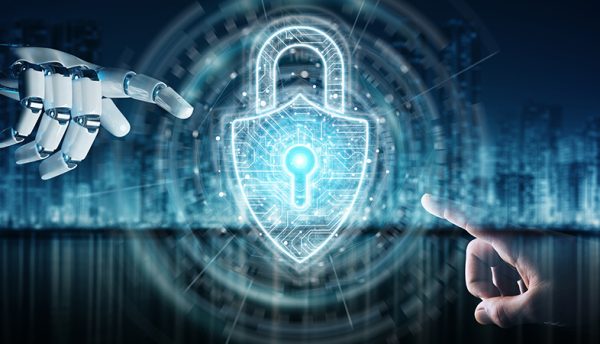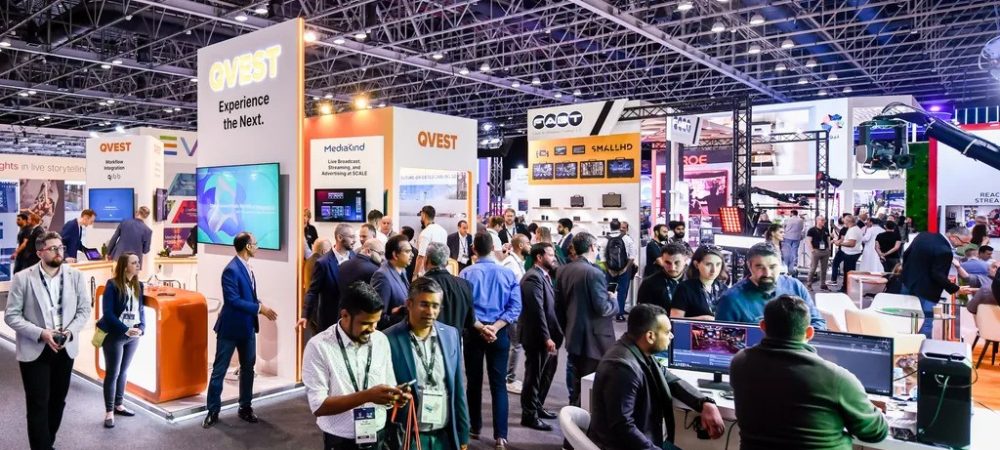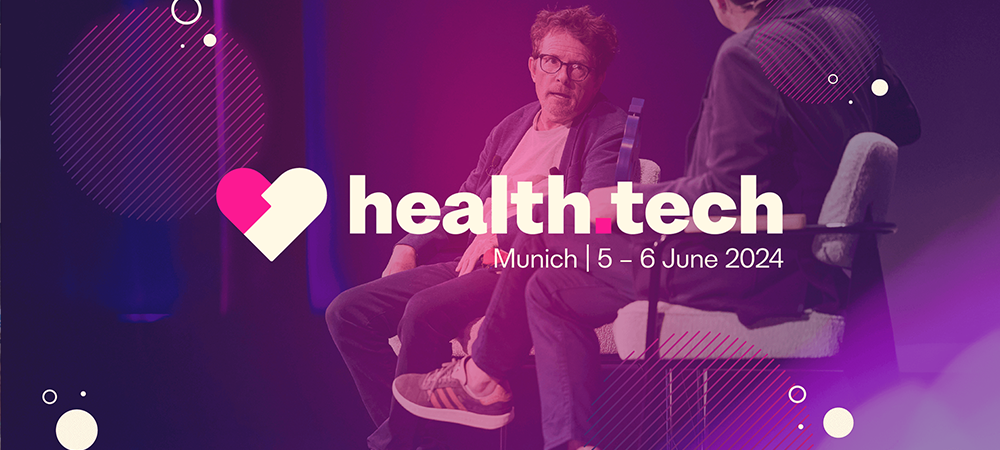Businesses should be taking preventative measures towards cyberthreats instead of reactive ones. Andrzej Kawalec, Head of Cybersecurity at Vodafone Business, discusses the benefits of using AI and ML technology for IT innovation and why these tools are crucial for detecting and protecting against potential cyber-attacks.
It’s a human tendency to disproportionately focus on the possible risks or negatives when considering change. And it makes sense, at least from an evolutionary standpoint.
Yet on the other hand, we also take huge risks in our everyday lives which can be anything from crossing the road to taking part in extreme sports. The point is, we accept risks when we can see the benefit and it seems tangible.
In the world of cybersecurity, applying a wait-and-see approach could have disastrous consequences. The current pandemic and an increase in remote working has seen cyberthreats rise with attacks becoming more sophisticated and businesses need to react.
It’s time to fight fire with fire and that means getting on board with Artificial Intelligence (AI) and Machine Learning (ML).
AI-infused attacks
As businesses become increasingly digital, the threat surface is widening and cybercriminals are leveraging AI to orchestrate attacks at scale, using the technology for intelligent targeting and evasion.
AI can learn to spot and analyse patterns in behaviour, understanding how to persuade employees that an email or phone call is legitimate and then influence them into compromising networks and handing over sensitive data. This is because ML can be used to generate emails and replies that reference previous correspondence and, when applied to audio, known as deepfake phishing attacks, algorithms need only hear a few seconds of someone talking to be able to reproduce their voice.
AI can even be used to help identify which individuals to target based on their social media activity or email signature. This can lead to more accurate and quicker defrauding of businesses – something we saw happen to a hotel group recently, when two employee logins were used to access the IT system and guest records.
Combine this industrialisation of the cybercrime industry with the disruption of medical, economic and political turmoil, and you have the perfect storm for cyberattacks.
We’ve entered a complex time and all the usual defences businesses have previously relied on – such as the perimeter firewall defined by the physical office – are a thing of the past. So, IT teams have a much wider attack surface to monitor, while also trying to continue the Digital Transformation journey of the business.
What organisations need to remember is that you can’t protect what you can’t see or keep up with. Cybercrime is complex and constantly changing in terms of attack method and victims. Businesses will, therefore, need the support of technological tools that can analyse risks, spot anomalies in datasets and investigate user behaviour— and this is where AI & ML come into their own.
Cybersecurity – Time for a machine assist
Innovations in AI and ML have come a long way. The period when businesses had to develop their own automated innovations to take advantage of these tools has passed. AI and ML, especially when it comes to cybersecurity, are essentially mainstream technologies.
The maths and logic behind AI & ML allows organisations to automate the monitoring of vast amounts of data and find patterns. These algorithms can spot anomalies in datasets that neither a human brain would be able to detect, nor a traditional firewall be able to prevent.
Imagine taking an eye test – we’re quick at reading the top line but get slower as the text gets smaller. Then imagine having to read the smallest line, with a new line appearing every second, and then spot patterns. This is similar to the cybersecurity landscape.
Of course, humans are always the best form of defence and often, automated systems are only trusted if someone is overseeing the decisions being made. It’s this collaboration between humans and machines that can be an organisation’s strongest line of defence.
But first, we need to understand our organisation’s digital patterns. To do this, organisations need to ensure that all assets on the network are tracked through an IT Asset Management Program. Visibility of the network is key to protecting and tracking it. Additionally, data models need standardising across the business so that AI tools can analyse multiple information in one place, giving a complete view of what’s happening on an organisation’s network and infrastructure.
Once this is in place and employees are trained up and educated about cyber-risks, they can help stop threats in their tracks. But the support provided by AI and ML means we can rely on this technology to do the heavy lifting, so employees can focus on other business-critical tasks.
With these innovations, businesses don’t need to have all the cybersecurity skills necessary in-house to retain a higher degree of cybersecurity proficiency. And with numerous automated cybersecurity products being made, some specifically with SMEs in mind, adopting a tailormade solution that is also affordable has never been easier.
In addition, ML algorithms are trained on the range of malware that was detected on a system in the past and can learn from new types, meaning it can adapt and react to block new threats and can identify the cybertrends of the future, better protecting your business for the attacks of tomorrow.
A secure, automated future
With the wide range of malware attacks cybercriminals are throwing at businesses today, the AI/ML combination can be a business-saver and help organisations of all sizes respond to threats in real time – helping to navigate threat prevention and detection.
And once you open your business up to this level of Digital Transformation, it doesn’t have to stop at cybersecurity. Because everything from collaboration to customer service is being revolutionised by AI and ML, giving businesses a crucial advantage over their competition.
These types of technologies are in reach and it’s time to embrace them. AI won’t replace workers; instead, automation will free up your people to focus on tasks that are more fulfilling to them individually, and more valuable to the business collectively.
Click below to share this article







